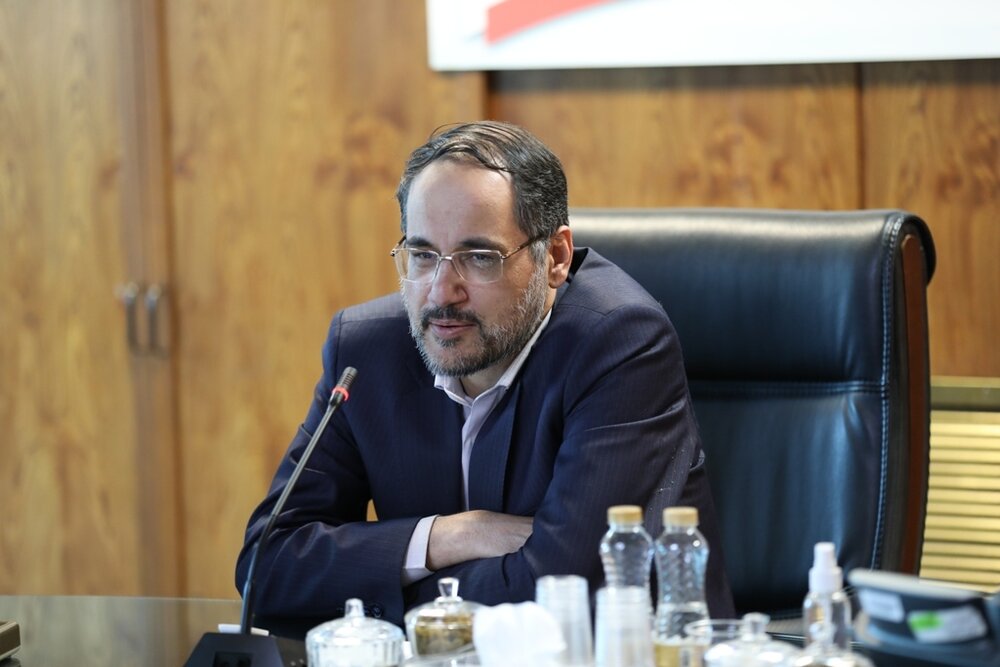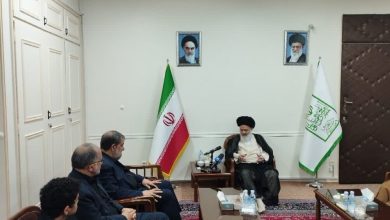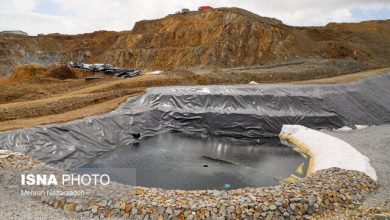
The head of the Council’s think tank said: We produce twice the population’s share of greenhouse gases: Iran ranks sixth in carbon dioxide emissions in the world after China, America, India, Russia and Japan.
According to informants’ reports, Babak Mendahi, who described the state of energy consumption in the country and its indicators, said: Last year, our country faced a two-degree rise in temperature, a 55 mm drop in precipitation, and a 270 mm increase in evaporation. 50 years. Years
He explained that Iran is a victim of climate change and one of the largest producers of greenhouse gases, explaining that Iran is the sixth producer of greenhouse gases in the world after China, America, India, Russia and Japan. 2 is responsible for 14% of all global greenhouse gas emissions. This proves that energy intensity in the country is high and despite goals such as policies to improve consumption pattern, no effective action has been taken to improve energy consumption.
Pointing out that we produce twice as much greenhouse gases as the population, the head of the Council Research Center said: 80% of greenhouse gas emissions are related to the production, supply and energy consumption sectors in all economic sectors, domestic, industrial, transportation, etc. sectors. .
And he continued: Climate changes, including sea level rise, unprecedented heat, severe weather such as droughts and floods and increasingly unstable environmental conditions, each of which makes the work of oil and gas companies costly and difficult.
On the other hand, the mutual strategies of the various countries of the world are moving towards a low-carbon economy and continuing the process of transferring energy from fossil fuels to clean fuels and implementing the goals of reducing greenhouse gases. Publications reported a 12% drop in oil demand and a drop in oil prices by more than 32% in 2040. Therefore, it is necessary in oil and gas-dependent economies like Iran by moving towards low-pollution products, to decarbonize oil and gas by increasing efficiency energy and production productivity by diversifying capital.
He stressed: In order to effectively face such challenges in the future, it is necessary to make the most of the available opportunities with appropriate analysis and methodology.
The head of the Council Research Center mentioned that countries dependent on coal are looking for clean alternative fuels in industries such as steel and said: As a result, Iran needs to invest in developing infrastructure for exporting natural gas.
He said: The development of technology for carbon absorption, use and storage, production and export of hydrogen and biosolids, the development of digital technologies in the energy sector and the use of climate protection mechanisms are other opportunities facing Iran in the energy transition period. .
He stressed: To achieve success in this scenario, we need active and effective environmental diplomacy and energy to use international opportunities to move towards a low-carbon economy and facilitate the transfer and development of relevant technologies and innovations based on Clause. 15. Use of the general environmental policy document.
The head of the Council’s Research Center pointed out: Establishing an optimal energy market and environment through reforming energy policies, abolishing government companies, moving towards cross-sectoral regulations, strengthening the presence of the private sector, and attracting foreign investment in this sector. way forward.
end of message /










